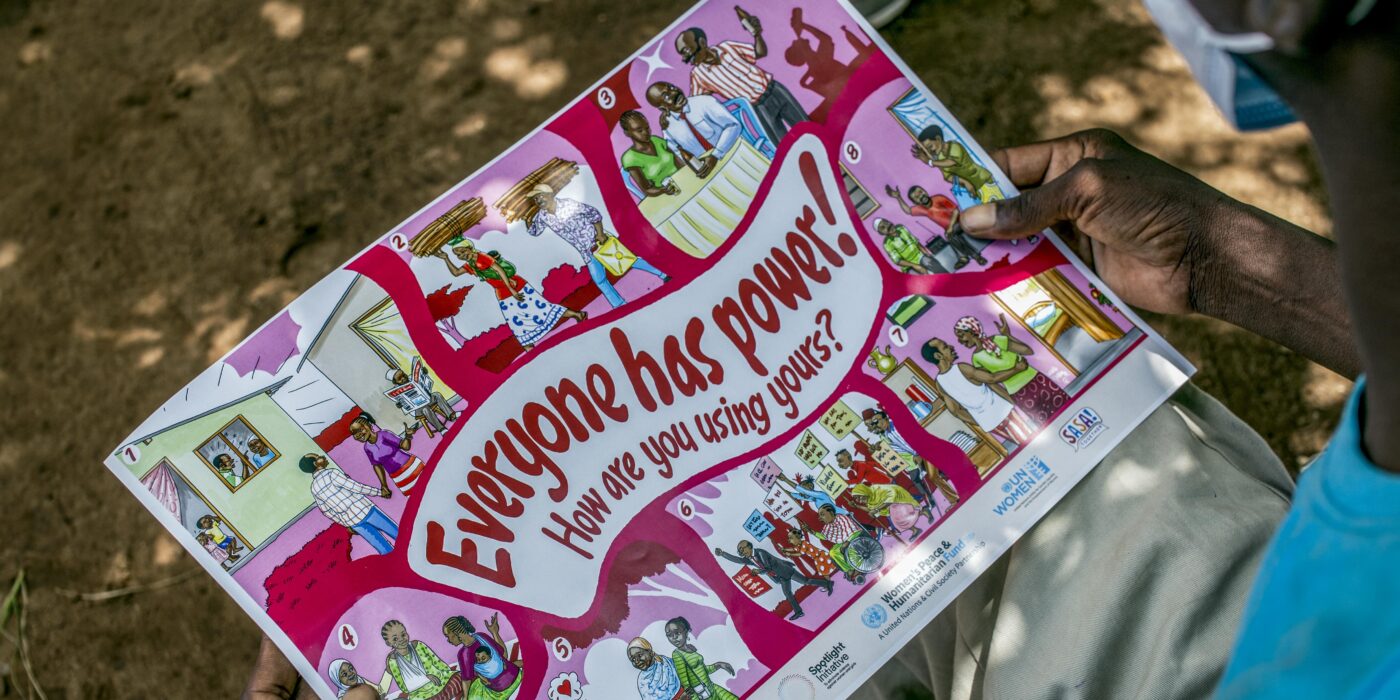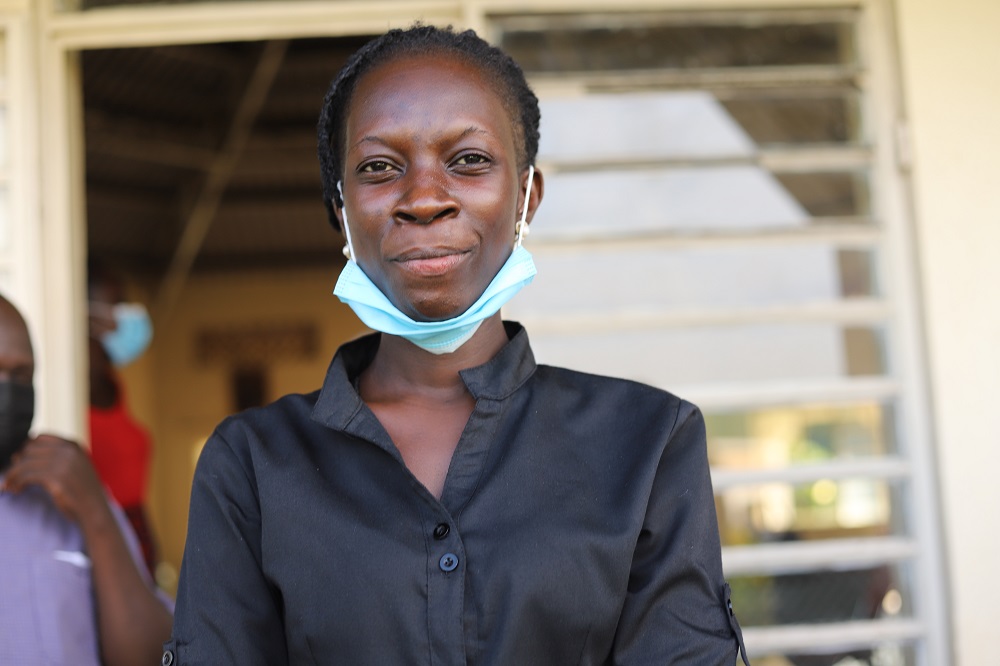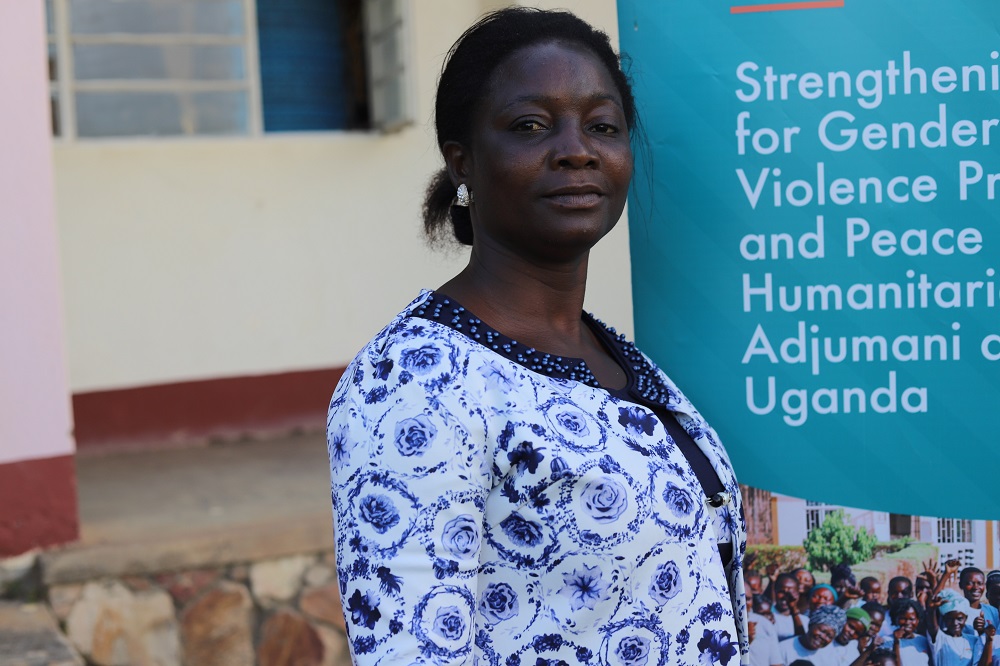From 17th to 18th August, the Peace Centre held a two day’s training of 33 stakeholders in the circle of influence at the district level using the SASA! Together methodology aimed at strengthening their capacities for gender-based violence prevention and peacebuilding in Adjumani District. Participants included local government officials, civil servants, political leaders, police, cultural leaders among others.
SASA! Together uses three interrelated strategies of local activism, community leadership and institutional strengthening to build a critical mass of support across the circles of influence. In local activism, Community activists conduct informal, fun, personal activities with their family, friends, neighbours and others. In community leadership, community leaders use their role and platform to encourage, inspire and support positive change among community members and in institutional strengthening, institutional allies lead processes that support a positive operational culture and the creation or revision of protocols and guidelines that prevent and/or respond to violence against women. Diverse, provocative and creative activities led by activists, leaders and allies in the community are designed to impact what community members know, feel and do to prevent violence against women.
As a Journalist, I have a role to ensure that the media does not perpetuate Violence Against Women especially when reporting stories/incidents in the media- Bazio Doreen
During the training, participants further discussed the strategies of SASA! Together methodology. The Local Activism strategy engages the individual and interpersonal circle of influence. This strategy engages community members on issues of power and violence inaccessible, spontaneous and personal ways. Of all three strategies, it delves the most deeply into the nuances of what it means to balance power in relationships. It is also through this strategy that SASA! Together has the most visible presence in the community, with the large number of community activists opening up discussions, speaking out against violence, making changes in their relationships and supporting others. Community activists also learn extensive activism skills throughout SASA! Together, gaining the ability to lead movements for change well beyond the scope of this program.
It was also emphasised that in the community leadership strategy, a group of leaders-elders, marriage counsellors, cultural and religious leaders, service providers (such as police or healthcare workers), landlords, local government officials, teachers, business owners, etc. use their role and influence in the community to prevent violence against women. These are called “SASA! Together community leaders.” The Community Leadership strategy engages the community circle of influence. When challenges—including violence—enter our lives, we often turn to formal and informal leaders for help and advice. How these leaders respond, how they speak about women, power and violence in the community, and how they live their own lives deeply influence the norms in a community. SASA! Together recognizes the power and potential of community leaders and seeks to tap into their leadership and commitment to cultivating strong and healthy communities.
In institutional strengthening strategy, a community institution with a connection to violence against women (police department, health clinic, media house, etc.) work towards strengthening the institution’s operational culture, protocols and guidelines, and daily practices-increasing the institution’s capacity to prevent and respond to violence against women in the community. These are called “SASA! Together institutional allies.” The Institutional Strengthening strategy engages the institutions and social circle. Every day, we interact with institutions. When we take our children to school, go to a health clinic or walk down the road, we use services provided by an institution. Institutions can help society be more organized and set basic standards for public services. They can also create the framework for different values and beliefs that, directly or indirectly, influence our attitudes and behaviours. For example, if the Ministry of Education creates a policy that forbids physical punishment in school, families might also think it is unacceptable to beat children at home. In this way, institutions hold a great deal of influence. They affect our thoughts and behaviours, as well as the protocols/ guidelines and practices of other institutions.
“I learnt that prioritising intentional wellbeing is important.I need to add wellness practices into my activism and day to day life to ensure that I can support others”- Abio Scovia
The training helped participants understand the SASA! Together Methodology including the strategies, causes of VAW, consequences principles and stages of change and wellness practices.



 “I learnt that prioritising intentional wellbeing is important.I need to add wellness practices into my activism and day to day life to ensure that I can support others”- Abio Scovia
“I learnt that prioritising intentional wellbeing is important.I need to add wellness practices into my activism and day to day life to ensure that I can support others”- Abio Scovia
